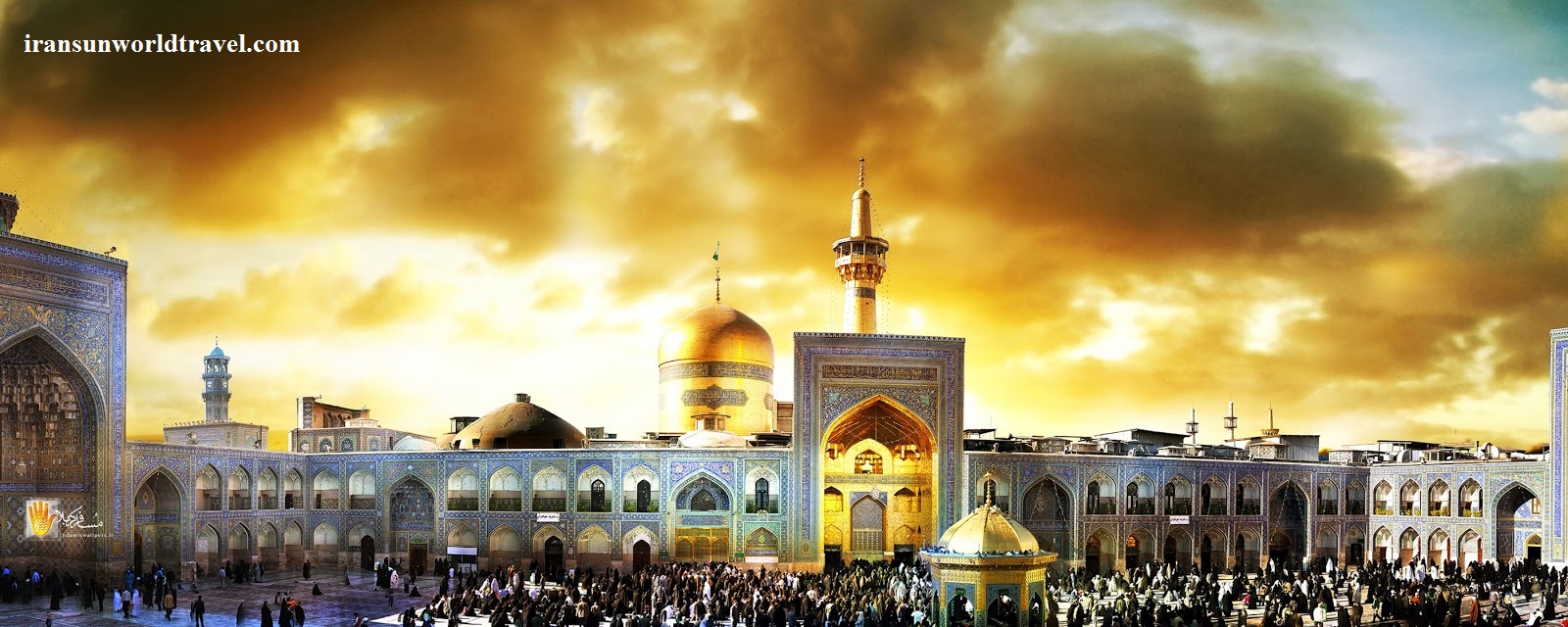The kinds of things I’ll post here are probably what’s at the top of most people’s minds with respect to Iran. And certainly religion plays a very major role in Iran. There are a lot of atrocities that are reported in the international news, especially in terms of executions for homosexuality, adultery and so on. After visiting, it seems that while this is all true, such things aren’t the defining part of the average person’s life. Of course, most countries have a knack of having horrible hidden underbellies to do with gender, rape and violence that aren’t apparent at a cursory look. I’m sure Iran is no different.
For starters, we were a little surprised by our guide. Although he is secular and fairly unobservant, he gave us a long uncomfortable talk about homosexuality in Iran. He said that it is so reviled that he has literally no friends who are gay and anyone who was would do their best to hide it. He didn’t seem to think this was a problem and even defended the death penalty, saying that it only applies to men who rape young boys and only for the second offence. The idea was that most westerners have a misconception about this and Iran has been the subject of a slander campaign in the international media. This is clearly untrue as cases of executions that have nothing to do with pedophilia are very well documented. However, I wonder if the same kinds of dissonance and self-deception we have in Australia to make ourselves feel better about various institutions are as obvious to outsiders.
Next, onto the veil/headscarf. Iranian women usually wear one of two major types of veil on the street. The first is a headscarf to tie up the hair. This can be plain or very stylish with bright colours depending on how traditional a look the woman is presenting. In the major cities, the most “daring” was a bright scarf pushed back considerably so that only the back of the hair was covered. The second is a large black sheet that’s usually worn over the top of the inner veil. This is the more traditional kind. The face is not covered, although I saw an old woman holding the two sides of the sheet together with her teeth. It was interesting and scary how quickly it became normal to see the headscarves everywhere. And how quickly I even found my subconscious judging people because of it. If someone had the headscarf pulled back, at the back of my mind there was a “so, you think you’re cooler than everyone else?” voice. I can’t imagine what it’s like to have never known anything else.

The veil highlighted a prominent aspect in Iranian society: the difference between the formal religious requirements and the “spirit” of the law, duly ignored by young people who are like young people elsewhere. Even if the headscarf was meant for modesty, a lot of people have a bright-coloured one that’s combined with a stylish western outfit (including tight jeans) to make an ensemble that I doubt an imam would see as “modest”. Good for them (the women, not the imams). But the difference is particularly striking in lingerie stores. Usually clothing mannequins wear headscarves and one person from our group saw the same outside a lingerie store — but being a lingerie store, the doll was just wearing undies from the waist down!

Another example is how teenagers of the opposite sex meet. It might well raise some eyebrows if a woman approached a man one-on-one in public. But I often saw groups of boys or groups of girls out together. These were segregated groups but if they met there’d be some interaction and potential for hooking up at a group level. In Persepolis, 3 boys sat next to 3 girls and tried to get their phone numbers. Our guide also mentioned that it’s common for young people to practice saddlebacking (ie. anal sex as a way to “preserve” a woman’s “virginity”). And while it clearly shows an aspect of the environment that is fucked, there is an element of ingenuity about it as a way for people to hold to the letter but not the spirit.
In Isfahan, there was a museum of natural history next to a palace. How could I resist going into a place that had a dinosaur outside a building done up in Persian style with Quran quotes on the fence? I was hoping to learn something about how evolution is presented and even though it was mostly in Farsi, I got a fair idea. The museum appeared to present actual evolution (there were clearly phylogenetic trees of organisms displayed) and actual geologic and astronomical time (with a diagram of the geologic ages). But there were small differences. For the geologic poster, the centre was labelled as “creation”. In the phylogenetic trees, humans were excluded, as I saw from the extensive tree of non-human apes. I’m not sure if this was pandering and something the curators felt they needed to include to stop the whole thing getting into trouble or if these are genuine beliefs within academia in Iran. I hope the former — but either way Isfahan is light years ahead of any US creation museum.
There were times when locals surprised me by how casual they were about religion. Perhaps because it’s so infused into everyday life it makes it more mundane, perhaps it’s just that many aren’t fanatical. It was most obvious at the shrines and tombs of saints. These are often treated as places to hang out. People talk and gossip inside the shrine, talk on their phone, listen to music. I saw a man playing a game on his phone next to people studying — it’s all interspersed. In another shrine that was almost empty, a woman was showing us in. She had the lights turned on and told us to take photos, completely going against the instinct of the “culturally sensitive” tourist.
Despite all these, the average person’s religiosity is bound to quite high, just because it’s inescapable. When I think of what I know of religion in the US (and how much it’s taken for granted that it’s a Good Thing, even by people who are themselves not particularly religious), it’s hard to imagine how much more this belief in belief would be in Iran. For instance, our guide despite being non-practicing still identified strongly as a Muslim, especially when talking about values.





0 Comments